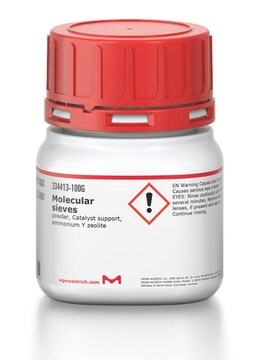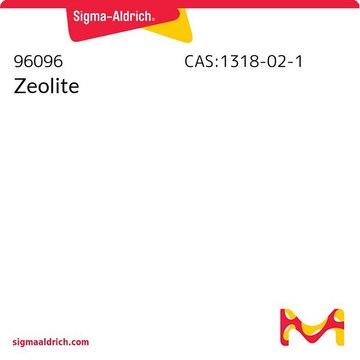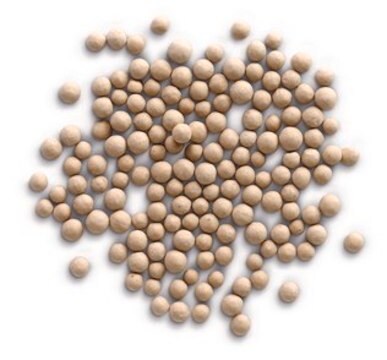Wichtige Dokumente
348848
Titan
foil, thickness 0.025 mm, 99.98% trace metals basis
About This Item
Empfohlene Produkte
Qualitätsniveau
Assay
99.98% trace metals basis
Form
foil
Selbstzündungstemp.
860 °F
Widerstandsfähigkeit
42.0 μΩ-cm, 20°C
Dicke
0.025 mm
bp
3287 °C (lit.)
mp (Schmelzpunkt)
1660 °C (lit.)
Dichte
4.5 g/mL at 25 °C (lit.)
Anwendung(en)
battery manufacturing
SMILES String
[Ti]
InChI
1S/Ti
InChIKey
RTAQQCXQSZGOHL-UHFFFAOYSA-N
Verwandte Kategorien
Allgemeine Beschreibung
Anwendung
- Medical Devices: Due to its biocompatibility, it is widely used in medical applications, such as in joint replacement implants, dental implants, and surgical instruments (Britannica).
- Corrosion Resistance: Its resistance to corrosion by both water and chemical media leads to its use in chemical processing industries for equipment like heat exchangers and reactors (Royal Society of Chemistry).
Menge
Lagerklassenschlüssel
11 - Combustible Solids
WGK
nwg
Flammpunkt (°F)
Not applicable
Flammpunkt (°C)
Not applicable
Persönliche Schutzausrüstung
Eyeshields, Gloves, type N95 (US)
Hier finden Sie alle aktuellen Versionen:
Besitzen Sie dieses Produkt bereits?
In der Dokumentenbibliothek finden Sie die Dokumentation zu den Produkten, die Sie kürzlich erworben haben.
Kunden haben sich ebenfalls angesehen
Artikel
Biomedical implants are essentially foreign substances within the human body that must survive many years’ exposure to demanding mechanical and physiological conditions. Despite these challenges, metal implants have been widely used to substitute for or rebuild hard tissues such as bones and teeth.
Unser Team von Wissenschaftlern verfügt über Erfahrung in allen Forschungsbereichen einschließlich Life Science, Materialwissenschaften, chemischer Synthese, Chromatographie, Analytik und vielen mehr..
Setzen Sie sich mit dem technischen Dienst in Verbindung.


